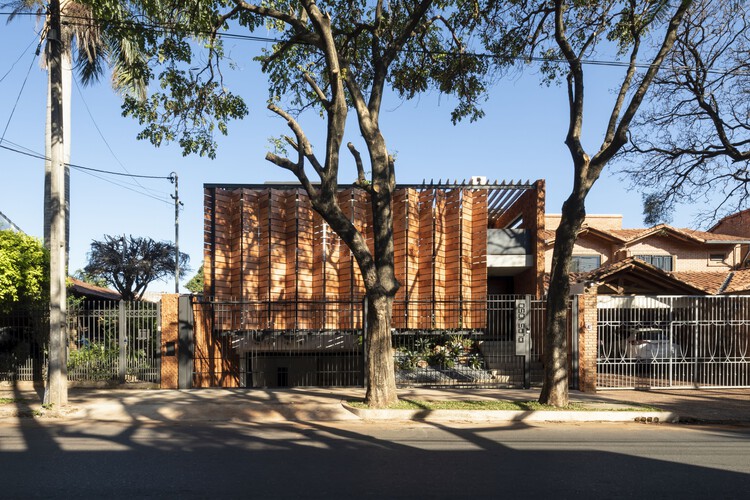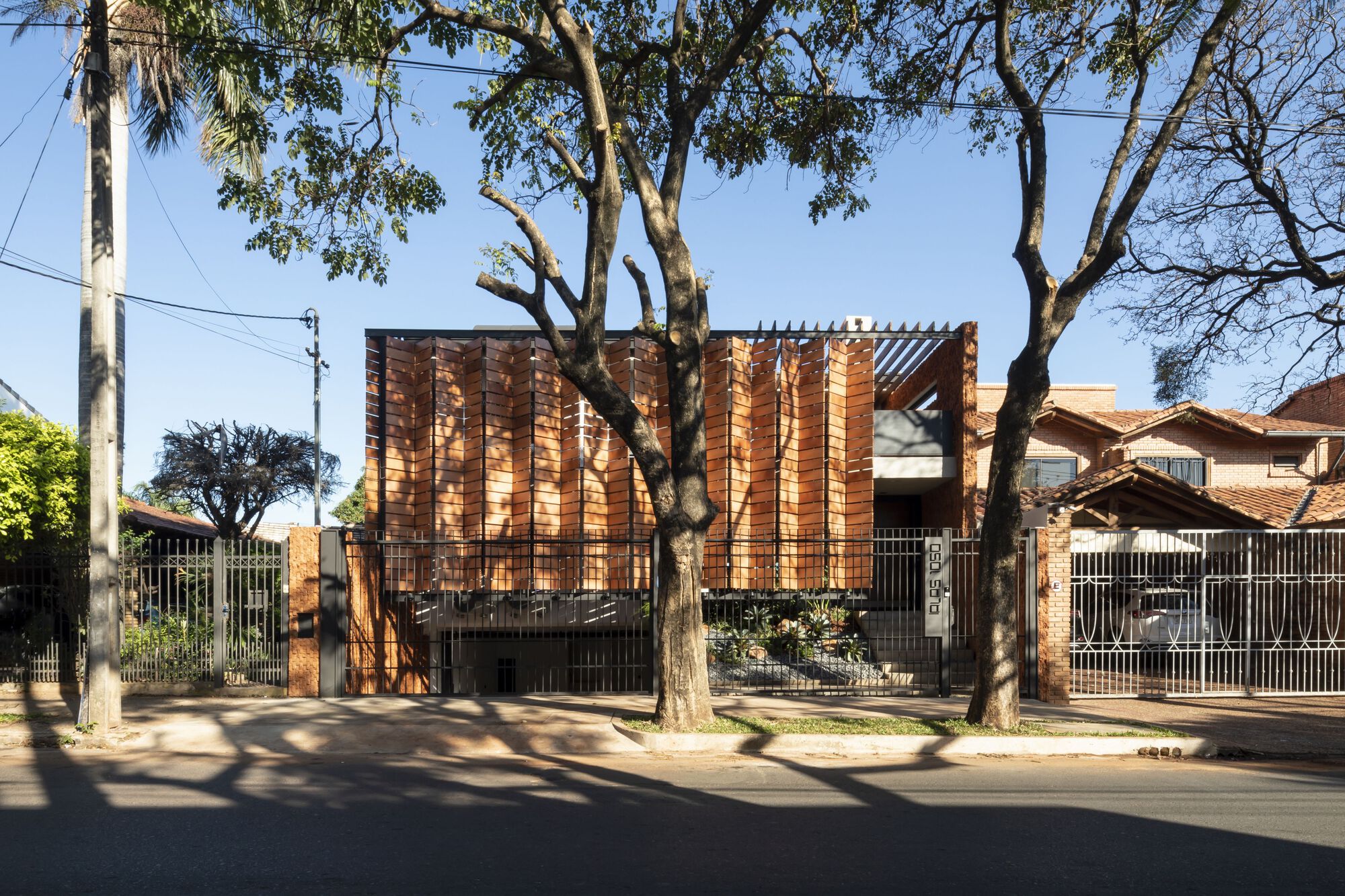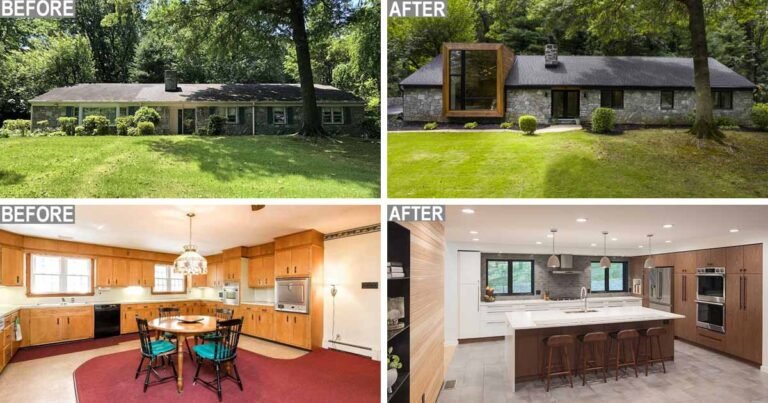Alas Paraguayas Home / OMCM arquitectos
Alas Paraguayas House / OMCM arquitectos

- Area:
512 m²
Year:
2021
Photographs: Leonardo Mendez
Manufacturers: AutoDesk, Ceramica Roca, Porcelanato xxx, Trimble Navigation

Text description provided by the architects. The intervention is located in the residential neighborhood of Los Laureles de Asunción, on a recently paved street that has begun to have more and more disturbing vehicular traffic. The initial commission: a quick and routine repair that would consist of laying one or two walls, fixing the bathrooms, and general painting.

Although the original building had a solid structure, we were able to verify that the facilities were in a considerable state of deterioration due to the passage of time, with subsidence of floors as a result of leaks, fissures, and moisture stains. There were narrow and dark spaces that did not favor good lighting and natural ventilation, among other shortcomings in the functional design of the house.

Through a deeper diagnosis and in consensus with the owner of the property, we determined that it would be appropriate to take advantage of the occasion to rectify such inconveniences. This challenge also gave us the opportunity to provide the building with a new identity, more adapted to the requirements of contemporary life and better adapted to the climatic context of our region.

In the process of de-roofing to re-insulate, we discovered that certain areas of the roof, both in front and in the back of the house, were supported on reinforced concrete slabs, which gave us the possibility of increasing habitable surfaces without increasing the footprint, creating expansion balconies and terraces to the upper floor and reusing the wood of the false ceiling to create pergolas that generate shade and pleasant environments for spending time with the family.

Continuing with the adaptation measures to the Paraguayan sub-tropical climate, we proposed some filters with ceramic badgers arranged in a V-shaped formation, hung over the homely baptized – “coat racks” that, while granting greater privacy, sift the east-west solar exposure of the facades, driving and directing the prevailing wind between the grooves of the frame towards the interior of the house, emulating the famous Venturi effect that, due to the difference in the inlet and outlet section of the flows, generates an increase in the wind speed and consequently a refreshing sensation, thus obtaining greater thermal comfort and energy savings.



Inside the house and especially in the social areas, redundant walls and unnecessary unevenness were eliminated to achieve fluid, larger, ventilated, and naturally illuminated spaces. Meanwhile, the rehabilitation of the barbecue area and service area located at the rear end of the house was achieved through the incorporation of a channel slab supported from border to border that extended and organized the spaces in a more comfortable and functional way.





The result, a renovated and completely rethought house that is incorporated into the urban fabric in a more coherent and lasting way, with spacious and healthy spaces that allow the social congregation of family and friends, as well as the sample of an alternative of constructive thinking based in conventional and accessible materials, adapted to our climate, our technological possibilities and human resources.







